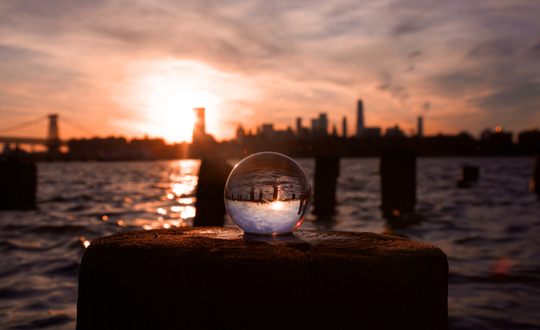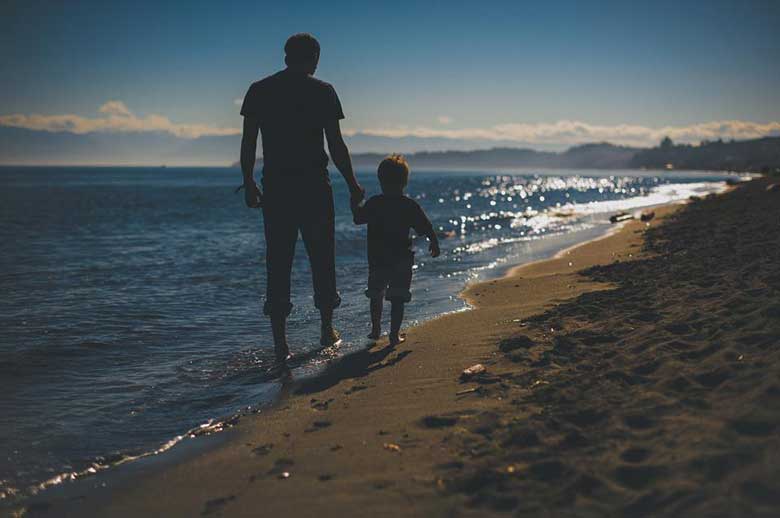
A man who works with his hands is a laborer; a man who works with his hands and his brain is a craftsman; but a man who works with his hands and his brain and his heart is an artist. ~ Louis Nizer
Most photo essays will be composted of four basic types of shots:
- The wide
- The medium
- The closeup
- The extreme close up
Every one of these shots is important. They each have their purpose — the wide helps establish where the viewer is; the medium helps inform the viewer of the specific environment; the close up might be a portrait of someone. But the extreme close up helps give the viewer a sense of texture and fills in details that might have otherwise gone unnoticed. Out of these my favorite has to be the extreme close up, sometimes called the detail shot.
A year or so back, my daughter and I went into town to work on her photography. We decided to visit a local market. Once we got there I realized that she needed more direction than just, “Lets go shoot!” So I gave us both an assignment. The assignment I came up with was to only shoot hands, nothing more. At first, I thought this might be too specific and we would get board quickly — boy, was I wrong.

At first we had to get over the fear of walking up to someone and pointing a camera at their hands. But we found that if they did question us or give us a strange look, all we had to say was we were shooting a photographic assignment on hands, and would they like to see some of the images? This always seemed to draw them in, and they felt like they wanted to help, often pointing out their neighbor in the adjoining stall who they thought had photogenic hands.

We soon started seeing the human hand in a way we had never appreciated it before. We saw old gnarled hands, long slender hands, short pudgy hands, even hands with missing digits. It seemed every hand had a story, and the challenge became making an environmental portrait of each hand we photographed. In other words, we tried to photograph the hands at work, to put them into context. Hands don’t get the character they develop over time by doing nothing, so the goal was to show the hands in action.

What turned out to be a simple exercise in composition and courage turned out to be a gold mine of great images of life in the marketplace.
Let me encourage you to give this simple, but fruitful, assignment a try. You will need a medium to long length telephoto lens. You can use a 50 mm, but you will have to get pretty close to photograph a pair of hands, and this makes people feel rather uncomfortable. I found a 70-200 mm works the best. Looking back over my EXIF data, I realized that I used the whole range of focal length from 70 mm through to 200 mm.
Remember, the hands are the story, not the person in this case, so try to isolate the hands as much as possible. The older or more abused they appear, the more photogenic they will be. Capturing the hands in an interesting act or environment adds to the visual interest in the image. Don’t forget basic composition. But most of all, don’t forget to have fun!

Bonus: If you want to learn more about photography and taking better photos, try an online online photography course from NYIP today!






